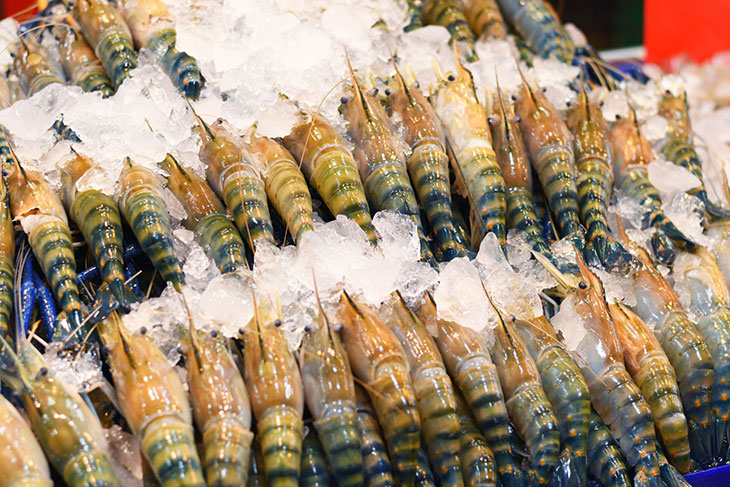
At the Health and Nutrition Asia 2024 event in Thailand, experts highlighted major challenges facing Asia’s shrimp industry, including diseases and stiff competition from Ecuador.
Key Issues:
- Diseases: Shrimp farming in Asia, including Vietnam, is plagued by complex diseases like Taura syndrome (White Spot Syndrome), bacterial Vibrio infections, and fungal diseases. These reduce productivity and quality, impacting supply and market prices.
- Competition from Ecuador: Ecuador has emerged as a formidable competitor globally due to favorable natural conditions, low production costs, and supportive government policies. Ecuadorian shrimp, being cheaper, pressures Asian producers, especially in high-cost countries like Vietnam.
Contrasts between Asia and Ecuador:
- Ecuador: Witnesses significant growth in shrimp production, becoming the world’s leading exporter. It utilizes large-scale industrial farming, advanced technology, and professional management, reducing costs and boosting productivity. Ecuadorian shrimp is exported worldwide, including to demanding markets like the U.S., EU, and Japan, reducing risks when facing market difficulties.
- Asia Pacific: The region displays diverse farming models, from extensive and semi-intensive to intensive farming. However, small-scale and fragmented farming is still common in many countries. Asian producers frequently encounter disease outbreaks causing severe economic losses. Despite the competitive pressure from Ecuador’s cheaper shrimp, Asian shrimp still struggles, especially in the mass market segment.
Export Trends:
- Ecuador: Despite a projected production decline compared to the previous year, Ecuador remains a global leader in shrimp production. Small farms face difficulties due to rising costs, while medium-sized farms are merging to enhance competitiveness. Disease remains a significant challenge, requiring effective management and prevention strategies.
- Vietnam: Faces challenges like aging ponds, diseases, and rising production costs. Taura syndrome (White Spot Syndrome) is expected to worsen, significantly impacting shrimp yields. Solutions such as pond renovation, new technology application, and effective disease prevention are needed.
- Indonesia: Shrimp production is stagnating due to various factors, especially disease issues. Improving farming techniques, particularly disease prevention, is essential for sustainable growth.
- India: Showing promising progress, with an expected 10% increase in production this year. Lower production costs due to low stocking densities provide India with an advantage.
- Thailand: Focuses on high-quality, value-added shrimp for the domestic market. There is a growing interest in using genetics to improve shrimp breeds.
Outlook: Shrimp production is forecasted to decline in the first half of 2024, but consumption demand remains high, especially in the U.S. and China. Countries need to proactively adapt to climate change, prevent diseases, and enhance product quality to sustain and grow the shrimp industry.
VFM




















Để lại một bình luận